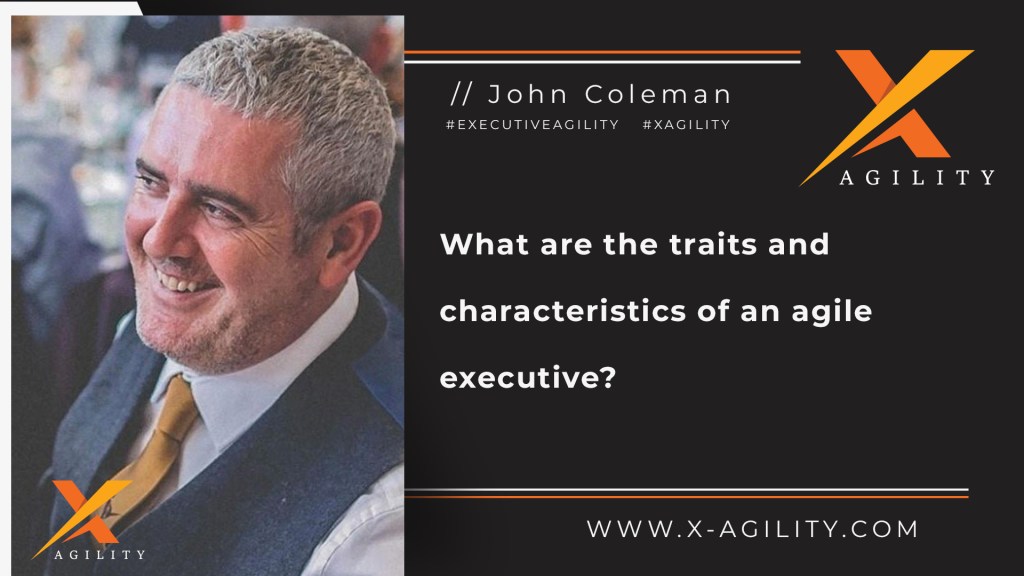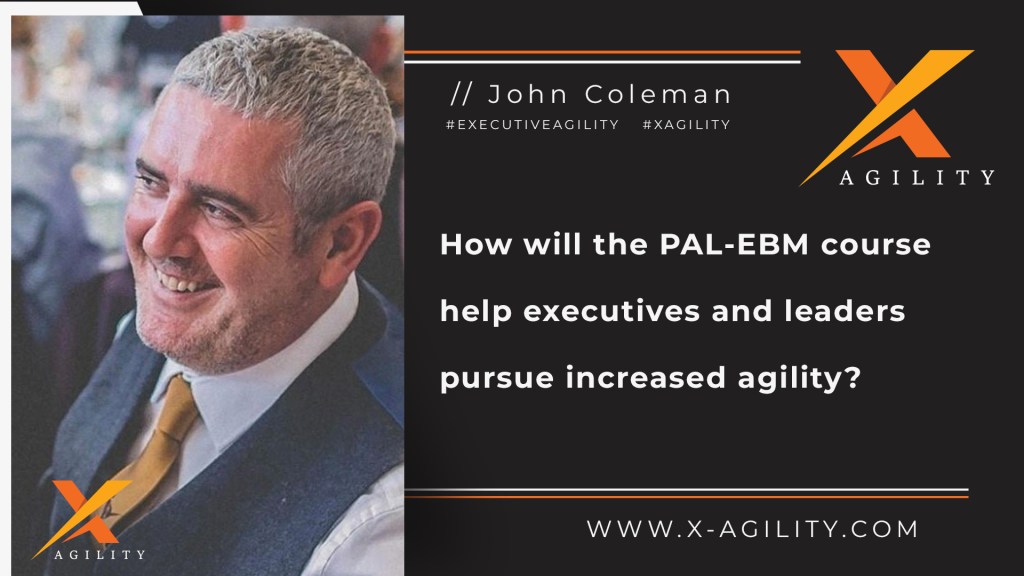What does great Agile leadership look and feel like?
It looks like psychological safety.
A place where people feel comfortable and confident to talk about what is working, what isn’t working, and what potentially needs to happen for the team to move through the problem or overcome the obstacle.
Thomas Jefferson once wrote that ‘dissent is the highest form of patriotism’ and I believe that dissent is healthy in a team environment too.
It demonstrates that individuals in the team believe that we can and should do better, and they are prepared to speak about the problems that exist in a transparent, respectful, and productive way.
Great agile leadership means that you actively listen to people, actively listen to what the problems are, and actively listen to the lines of reasoning that inform people’s opinions or recommendations.
As an agile leader, you may need to actively create the kind of environment where people feel psychologically safe and able to express their opinions, recommendations, and insights.
If you are in a traditional organization with pockets of agility, you need to cultivate these environments yourself.
As an executive, you are the guardian of the company culture. You may have created that culture yourself or you may have inherited it, either way, if people aren’t willing to tell you what the problems are and how they can be fixed, that becomes your problem.
You need to be almost forensic about understanding why people don’t feel comfortable telling you the truth about what is going on and what the best possible solutions to those problems are.
Take responsibility for acting on feedback
If you are fortunate, you will have a great agility chef or agile coach that will guide you through the journey to business agility. Those agility chefs will be supported by your teams and have great insight into what the problems are and what potential solutions exist.
I would actively recommend that you listen to them.
I would actively recommend that you partner with them to help the organization and teams overcome obstacles, achieve high-performance, and consistently reach their goals.
Do you have a responsibility as an executive or leader to listen and act on the feedback you are receiving? In my opinion, yes, you do.
You don’t need to accept things blindly or simply do as you are told.
We are talking about useful and productive conversations that provide you with the data, insight, information, and evidence you need to make great decisions. We are talking about working with people who are experts in this field to help you achieve your goals and objectives.
Your entire organization does not need to be agile.
There are pockets of excellence in the organization that are focused on execution and efficiency, and that is great, we need the wheels to keep turning and for the team to be invested in continuous improvement in something they already know how to do incredibly well.
When we speak of agility, we speak of the context where agility is a great answer to the problems you are trying to solve and in achieving the goals and business objectives that matter.
Focus on acting on the feedback and insight that empowers you to help teams achieve true agility when you’re in the sphere of product development, innovation, and pioneering solutions.
Work closely with your agility chef to identify where improvements can be made, where behaviours can be deleted, and on what you may replace those behaviours with to achieve business agility.
We need to be realistic about what is possible, given the current culture and organizational policies, and we need to embrace short, medium, and long-term goals that evolve as we cultivate and nurture increasing levels of agility.
A great example of this kind of agility through revelation is my talk ‘hit delete’ where I speak about the kinds of behaviours we can delete at certain phases of the organizational transformation, and how we might replace those behaviours with different behaviours that lend themselves to agility.
In summary, yes, I do think you need to take responsibility to act on the information and insight you have been given because it builds trust, earns respect, and empowers the organization to move forward in their journey to business agility.
About John Coleman
John Coleman has deep experience and expertise working with executives, #leadership teams and product development teams to achieve increased #businessagility and create environments where creativity and collaboration produce high-performance teams.
https://linktr.ee/johncolemanxagility – social and podcast links
https://linkpop.com/orderlydisruption – order training from right here
If you are interested in helping your team or organization achieve greater agility and want to explore agile training options, visit our training page.
If you value coaching and would like to work with a deeply experienced agile and executive coaching specialist, visit our coaching page.
If you are looking for an agile consultant that can help your leadership team identify an appropriate roadmap to business agility and take the most effective course of action in your agile transformation, visit our consulting page.
#agile #leadership #agileleadership #certifiedagileleadership #professionalagileleadership #psm #psm2 #scrum #scrumorg #xagility #executiveagility #xagility





